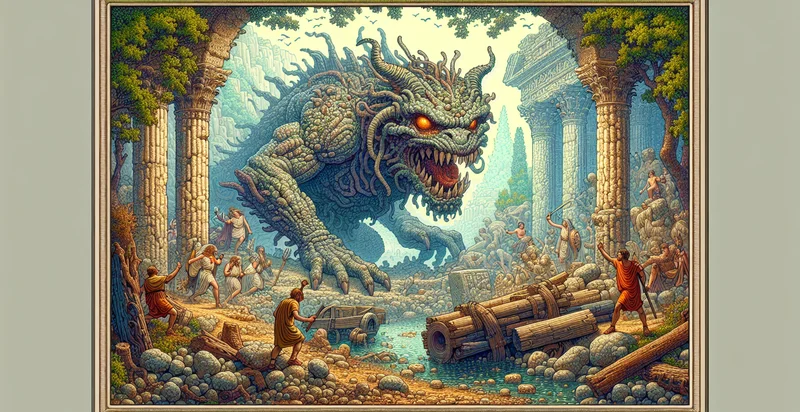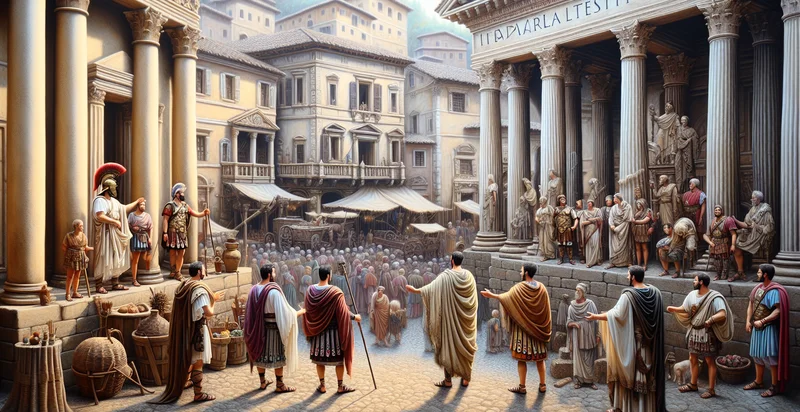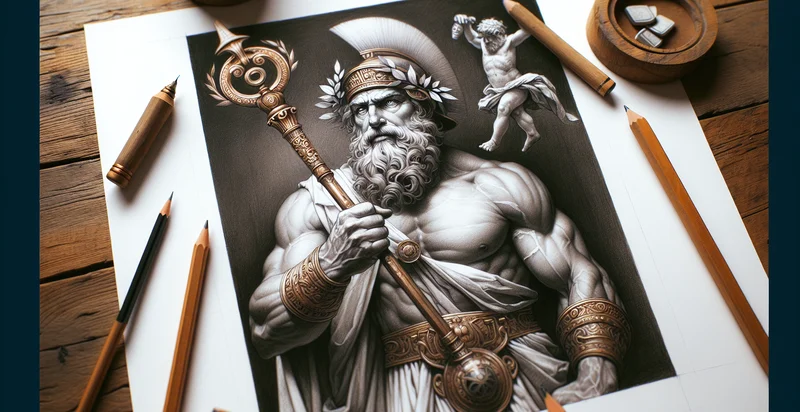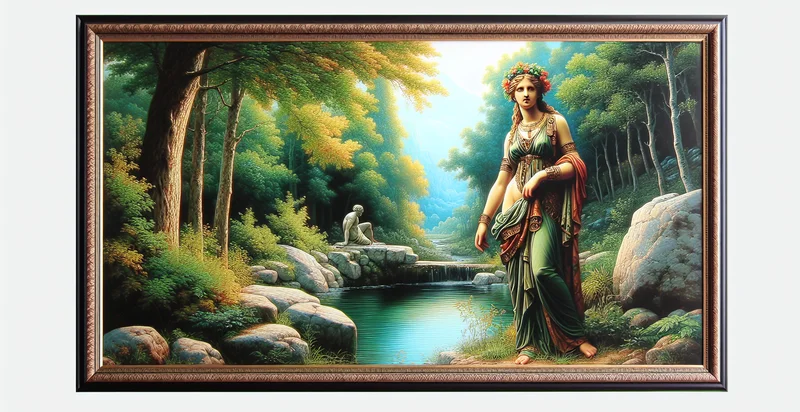Identify roman monster by picture
using AI
Below is a free classifier to identify roman monster by picture. Just upload your image, and our AI will predict what type of Roman monster it is - in just seconds.

Contact us for API access
Or, use Nyckel to build highly-accurate custom classifiers in just minutes. No PhD required.
Get started
import nyckel
credentials = nyckel.Credentials("YOUR_CLIENT_ID", "YOUR_CLIENT_SECRET")
nyckel.invoke("roman-monster-by-picture", "your_image_url", credentials)
fetch('https://www.nyckel.com/v1/functions/roman-monster-by-picture/invoke', {
method: 'POST',
headers: {
'Authorization': 'Bearer ' + 'YOUR_BEARER_TOKEN',
'Content-Type': 'application/json',
},
body: JSON.stringify(
{"data": "your_image_url"}
)
})
.then(response => response.json())
.then(data => console.log(data));
curl -X POST \
-H "Content-Type: application/json" \
-H "Authorization: Bearer YOUR_BEARER_TOKEN" \
-d '{"data": "your_image_url"}' \
https://www.nyckel.com/v1/functions/roman-monster-by-picture/invoke
How this classifier works
To start, upload your image. Our AI tool will then predict what type of Roman monster it is.
This pretrained image model uses a Nyckel-created dataset and has 24 labels, including Banshee, Cerberus, Charybdis, Chimera, Cyclops, Djinn, Faun, Fury, Gorgon and Gremlin.
We'll also show a confidence score (the higher the number, the more confident the AI model is around what type of Roman monster it is).
Whether you're just curious or building roman monster by picture detection into your application, we hope our classifier proves helpful.
Related Classifiers
Need to identify roman monster by picture at scale?
Get API or Zapier access to this classifier for free. It's perfect for:
- Cultural Heritage Preservation: Museums and cultural institutions can utilize the 'roman monster by picture' identifier to accurately classify and catalog ancient artifacts based on their visual representations. This would enhance their archival processes, allowing for better research and accessibility for scholars and the public.
- Augmented Reality Experiences: Augmented reality (AR) applications can integrate this image classification function to allow users to scan artwork or archaeological sites and receive detailed information about the depicted Roman monsters. This would create immersive educational experiences, enhancing visitor engagement and knowledge.
- Game Development: Video game developers can implement this classifier to generate realistic character models based on ancient Roman mythological creatures. This would allow for authentic storytelling and richer game environments inspired by historical references, appealing to both gamers and history enthusiasts.
- Film and Animation Production: Movie and animation studios can use the function to ensure accurate representation of Roman mythology when designing characters. This classification tool can aid in visual research, helping creators maintain authenticity in character design and narrative elements.
- Marketing and Merchandise Design: Brands that produce Roman-themed merchandise can utilize this image classification tool to identify and validate popular Roman monsters that resonate with target customers. This can inform product design and marketing strategies, leading to successful merchandise campaigns.
- Educational Tools Development: Educational companies can employ this function to create interactive learning modules focusing on Roman mythology and history. By allowing students to engage with dynamic visual content, the tool can enhance classroom learning and foster interest in ancient civilizations.
- Art Restoration and Analysis: Art restorers and historians can leverage the image classification to identify and analyze representations of Roman monsters in artworks. This can aid in the restoration process by ensuring accurate interpretations of the original art and uncovering historical context lost over time.


